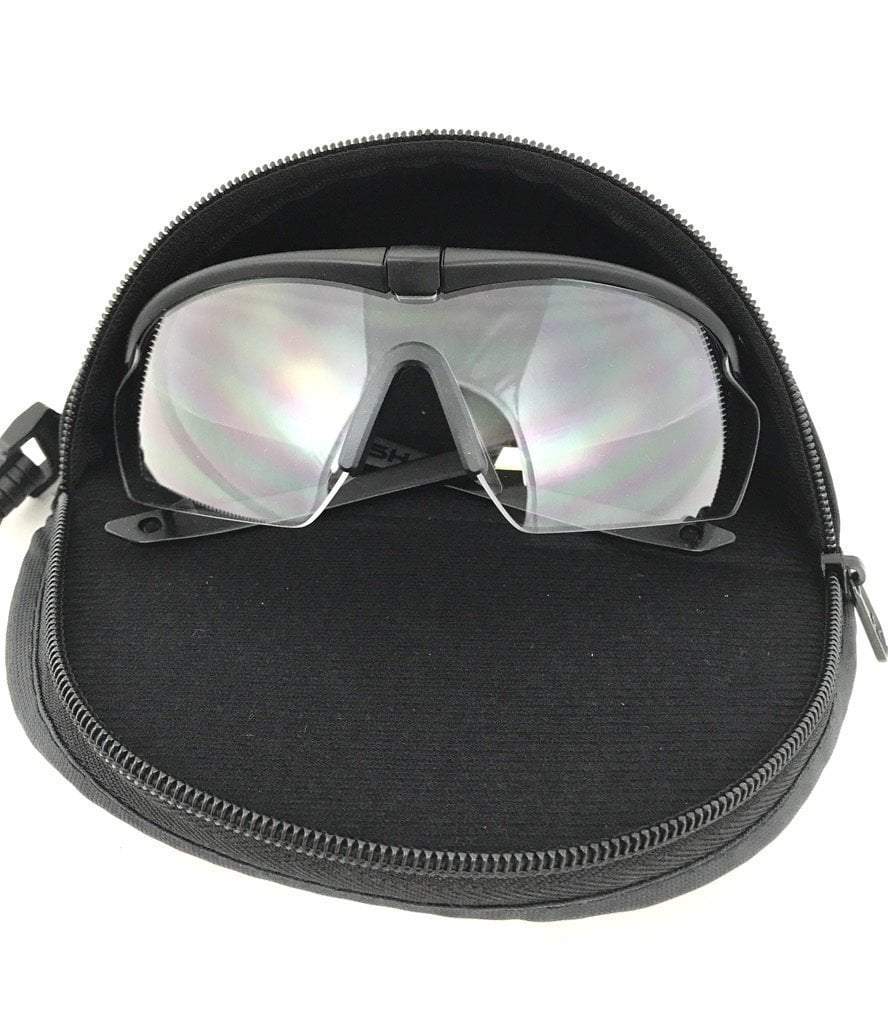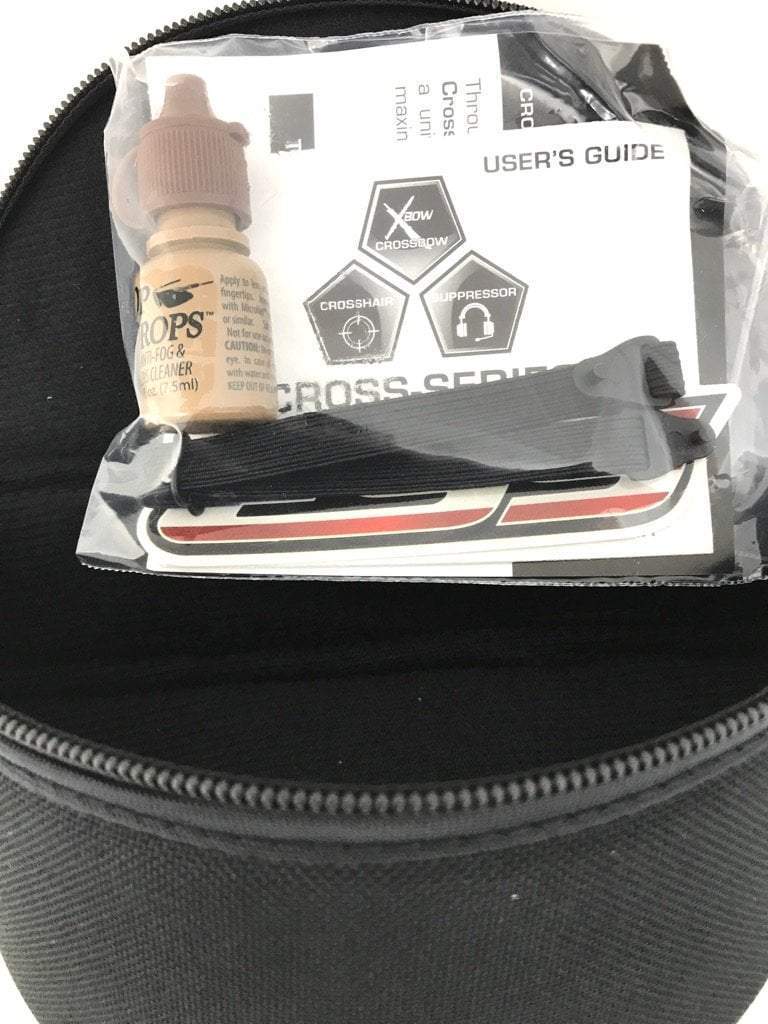

#Apel eye pro Patch#
Never patch or apply a pressure dressing to an unshielded eye.īe aware that "head" dressings and "face" dressings will often cover the eye-don't let it unless you've shielded the eye first.ĭon't put anything between the shield and the eye. The best way to treat an injured eye is to apply a rigid eye-shield to protect the eye until a medical physician can attend to it. Unlike traditional injuries where pressure helps control the injury, pressure on the eye can intensify damage and cause potentially irreversible damage to sight. Instead, shield the eye to protect it from further injury: use or create a rigid eye-shield that makes a dome over the wound and shields against further damage until proper care can be provided to the injury.ĭid you know that applying pressure to an injured eye can actually cause additional harm to the eye? SHIELD TO PROTECT INJURYĭo not patch or put pressure on any kind of eye injury. It takes about a week to arrive, so plan ahead to make sure you have access to safe eye gear at all times. Your unit can also place bulk orders should that be more convenient.
#Apel eye pro code#
To order or replace your eye protection, reach to your frontline leadership.įront line leadership will provide you with the proper link and ordering code required to order a new pair of DoD-approved APEL eye-pro, limited to one pair a month. Friends and family members who wish to purchase eyewear for you should also look for the "APEL" logo. Make sure that the eyewear has the "APEL" logo on the frame to assure the highest degree of eye protection on the market. When resistant glasses are recommended, APEL is the highest standard of protection due to their ballistic grade. Other products, including those listed as Industrial Eyewear Impact Standard compliant or military approved, MAY NOT provide the highest level of protection. They are tested every two years to ensure maintenance of safety standards. Those that may look stylish may only be an accessory and offer little protection.ĪPEL-approved eyewear is validated against military requirements for ballistic fragmentation and offers hazard protection from particles, slivers and debris, and therefore provides the highest level of impact protection. Not all glasses and goggles are made to the same standards. Why APEL and not just any available eye gear? Using household cleaning products or other chemicals.Playing sports (e.g., basketball, skiing, hunting, racquetball, etc.).Doing chores that potentially produce slivers, particles, or flying debris (e.g., hammering, grinding, shop work, lawn and garden work).Off-Duty: Remember to wear APEL eye protection when… Spending time in an area with exposure to Ultraviolet Light (UV).Doing work or working around those producing particles, slivers or flying debris.In training or as required by regulations, directives, and orders.On-Duty: Wear appropriate safety eyewear or DoD-approved APEL eye protection if you are… Proactive eye safety serves you on-duty and off. Accidents happen during standard duty activities, during sports or while performing chores around the house.

However, eye safety is not just a combat concern. The second most common injury resulting from Operation Enduring Freedom and Operation Iraqi Freedom (OEF/OIF) is serious eye trauma.

Make sure that the eyewear is listed on the Authorized Protective Eyewear List (APEL), approved by the Department of Defense. Shield your eyes by wearing appropriate protective eyewear while on- and off-duty, and Eye Protection SHIELD TO PREVENT Over 90% of eye injuries are preventable IF you…


 0 kommentar(er)
0 kommentar(er)
